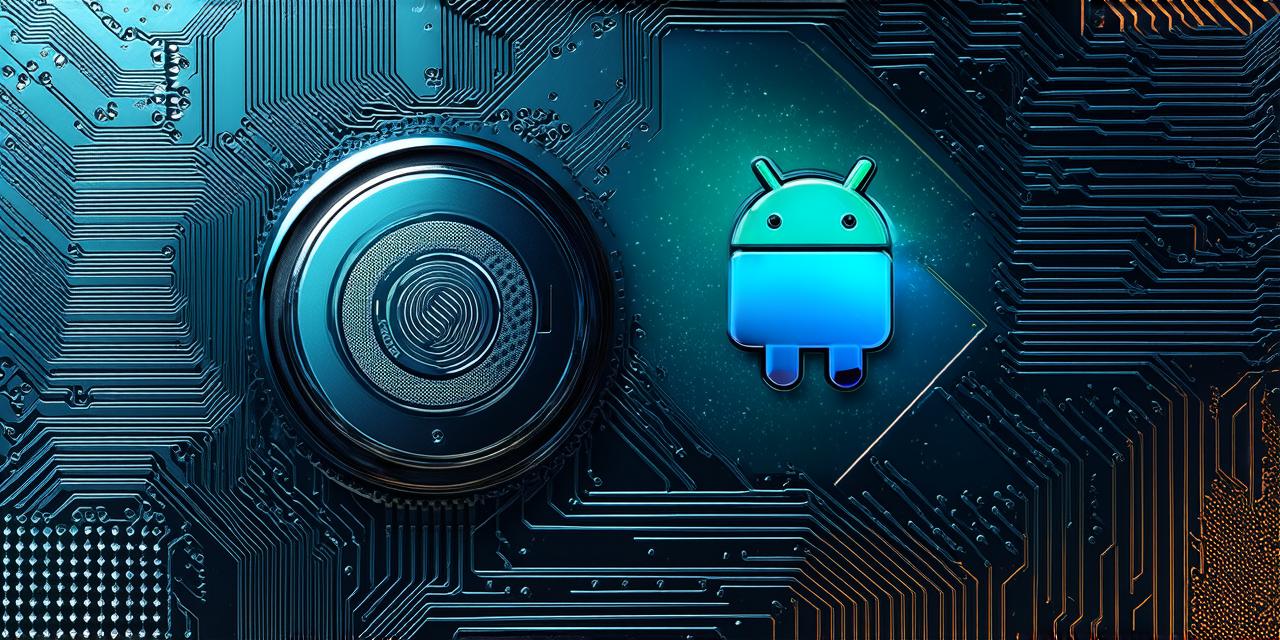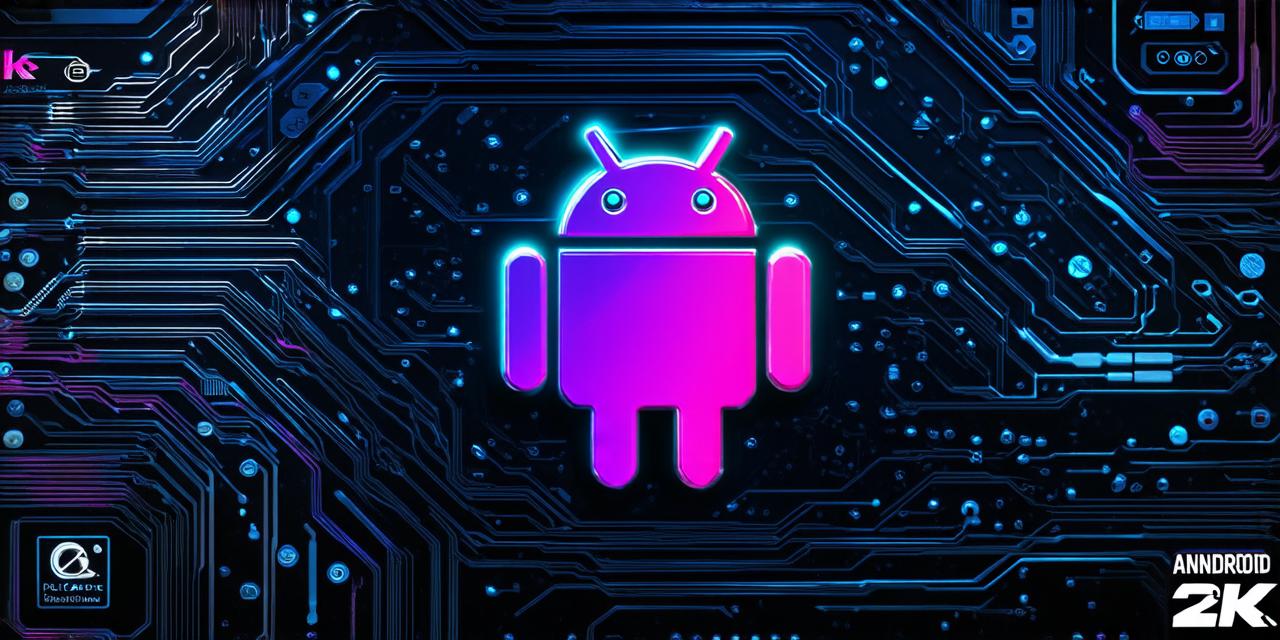<!DOCTYPE html>
Table of Contents
- Getting Started with Android Game Development
- Designing Your Game Concept and Mechanics
- Developing Your Game in Android Studio
- Testing and Debugging Your Game
- Publishing Your Game on the Google Play Store
- Best Practices for Android Game Development
- Common Mistakes to Avoid When Developing Android Games
Getting Started with Android Game Development
Before you start your journey as an Android game developer, it’s important to have the right tools and knowledge in place. Here are some of the prerequisites you’ll need:
- A computer with at least 4GB of RAM and a quad-core processor.
- A stable internet connection.
- Android Studio integrated development environment (IDE).
- Basic programming skills, preferably in Java or C++.
- Familiarity with game design principles and mechanics.
Prerequisites for Starting Android Game Development
Before you start your journey as an Android game developer, it’s important to have the right tools and knowledge in place. Here are some of the prerequisites you’ll need:
- A computer with at least 4GB of RAM and a quad-core processor.
- A stable internet connection.
- Android Studio integrated development environment (IDE).
- Basic programming skills, preferably in Java or C++.
- Familiarity with game design principles and mechanics.
Installing the Android Studio Integrated Development Environment (IDE)
Android Studio is the official IDE for developing Android apps, including games. Here’s how to install it:
- Go to the Android Studio website and download the latest version of the IDE.
- Once the download is complete, run the installation file and follow the prompts to install Android Studio.
- After the installation is complete, open Android Studio and create a new project.
Creating a New Android Project in Android Studio
Once you’ve installed Android Studio and created a new project, it’s time to start developing your game. Here’s how:
- In the Android Studio welcome screen, click on “Start a new Android Studio project.”
- Select “Empty Activity” as the project template and click “Next.”
- Give your project a name, such as “MyGame,” and choose a company domain for the application ID.
- Select the minimum SDK version for your game and choose the screen size and density for the default device.
- Click “Finish” to create your new Android project.
Designing Your Game Concept and Mechanics
The Importance of a Strong Game Model
Designing the Game Flow and Mechanics
The Importance of a Strong Game Model
Before you start coding your game, it’s important to have a clear and well-defined game concept and model in place. This will serve as the foundation for your game’s mechanics, rules, and overall structure. A strong game model should be based on solid game design principles, such as balance, progression, and replayability. It should also take into account the target audience and platform-specific limitations, such as screen size and battery life.
Designing the Game Flow and Mechanics
Once you have a solid game model in place, it’s time to start designing the game flow and mechanics. This involves creating a step-by-step plan for how the game will unfold, as well as defining the rules and interactions that will govern the gameplay. When designing your game’s flow and mechanics, it’s important to keep in mind the principles of usability, accessibility, and fun. You should also test your design early on to ensure that it’s engaging and intuitive for the target audience.
Best Practices for Android Game Development
Maintaining and Updating Your Game
Not Optimizing Your Game for Performance
Ignoring User Feedback
Maintaining and Updating Your Game
Once your game is released, it’s important to continue maintaining and updating it regularly to fix bugs, add new features, and improve the overall experience for players. This involves monitoring user feedback, tracking performance metrics, and planning future updates based on player demand and market trends.
Not Optimizing Your Game for Performance
Performance is a critical factor in mobile gaming, as players expect smooth and responsive gameplay even on low-end devices. To avoid common mistakes when developing Android games, make sure to optimize your game for performance using efficient algorithms and data structures, minimizing memory usage, and avoiding unnecessary computation. You should also test your game on different devices and configurations to ensure compatibility and performance.
Ignoring User Feedback
User feedback is another important consideration for Android game developers, as it helps you understand player needs and preferences, and identify areas for improvement. To avoid common mistakes when developing Android games, make sure to actively seek out user feedback, analyze it objectively, and incorporate it into your development process.
Common Mistakes to Avoid When Developing Android Games
Not Conducting Enough Testing
Ignoring User Feedback
Not Optimizing Your Game for Performance



